How to Get the most out of Visiting Cape Spear
Cape Spear Is Known For Being The Most Easterly Point in North America. Cape Spear is known as a national historic site. This national historic site is built on a hill facing the Atlantic ocean. Cape Spear is the best place to catch the sun rising over the Atlantic ocean. You will be the first to see it in North America.
The lighthouse was built hundreds of years ago and is still considered one of the most amazing places to visit when you get to Newfoundland. Cape Spear Lighthouse is about 30 minutes drive from downtown St Johns. The road to get here is curvy, fully paved and offers excellent scenery of the coastal landscape.
Exploring Newfoundland, here is Everything You Need to Know About Traveling to Newfoundland and Labrador.
Are you planning on spending time in St John’s? Here is Everything you need to know about St John’s and the Avalon Region
How to get here?
Cape Spear is open to the public all year round. The best way to get from St. John’s to Cape Spear Lighthouse is to drive. It is a scenic 30 minutes drive that will take you uphill, down in valleys and around curve corners. I have visited Cape Spear Lighthouse’s national historic site many times. Every time I visit, I have a different experience—experiences on each visit to the most eastern point in North America.
Cape Spear Lighthouse Experience:
Summer Sunrise: I decided to visit Cape Spear early in the morning. I started to plan and prepare the day before because I wanted to catch that perfect moment when the sun just rose over the horizon. The alarm went off at 4 am, and was still dark and quiet outside. I was on the road by 4:30 am and arrived in the Cape Spear Parking lot by 5 am. The wind was calm, and the temperature was just right. When I came, other people were walking around looking for the perfect place to sit and watch the sunrise over the horizon.
It didn’t take long to find the perfect place under the lighthouse to set up and capture a moment in time that was unique and amazing at the same time.
Cape Spear Lighthouse Sunrise?
I watched the sunrise here for the first time, which was terrific. It’s like an experience out of a movie. The sky changes from dark to orange and yellow at the same time. Then Everything around becomes visible slowly within minutes. As the sun slowly rose above sea level, you could see a small fishing boat on the horizon.
How to get to Cape Spear Lighthouse from St John’s?
Getting to Cape Spear is a 15-minute drive starting from the beginning of Black Head Road. The road is fully paved from beginning to end this direct route will take you to Cape Spear.
St John’s to Cape Spear Lighthouse
This is a short drive; many locals and visitors drive via Black Head Road to get here. The road is one lane in each direction. There are many sharp corners and hills to go down and up. Drive cautiously and follow the speed limit. Watch out for moose while on the road in this city area.
Cape Spear Lighthouse Address? Cape Spear Lighthouse is located at the end of Blackhead Road, Cape Spear, St. John’s, NL.
Planning a trip to Newfoundland and Labrador? Discover an unforgettable travel experience. Get your guides here.
These are The Most Favorite Places to visit in Newfoundland.
The Rooms is the largest museum in Newfoundland and Labrador, visit to find out more about the history of this province.
Cape Spear Lighthouse Attractions?
I spend about 1 to 2 hours at this site, observing the scenery and taking pictures. Many visitors come here to whale watch from the shoreline, bird watch, icebergs watching, picnic, walk their dog, watch the sunrise, and hike.
Cape Spear Lighthouse Parking? There is plenty of parking available in the lot, and if no parking is available, you can park on the side of the road.
Cape Spear Lighthouse Summer Whale Watching? You can see whales from the grounds of Cape Spear Lighthouse if they are feeding around the coastline during your visit. On one of my visits, I remember 12 whale swimming along the coastline, feeding and frolicking around as they provide.
Cape Spear Lighthouse picnic?
Many visitors, locals and I have enjoyed picnicking here. It’s best to picnic here when it is warm and sunny. There are benches and tables for you to use; alternatively, you can find an area and picnic with your family. There are plenty of steps to climb to get to the summit. This easy, leisurely hike can take about 1 to 2 minutes. You will have a clear view of the site’s surroundings when you get to the top.
Travelling to Newfoundland and Labrador. Travelers also ask.
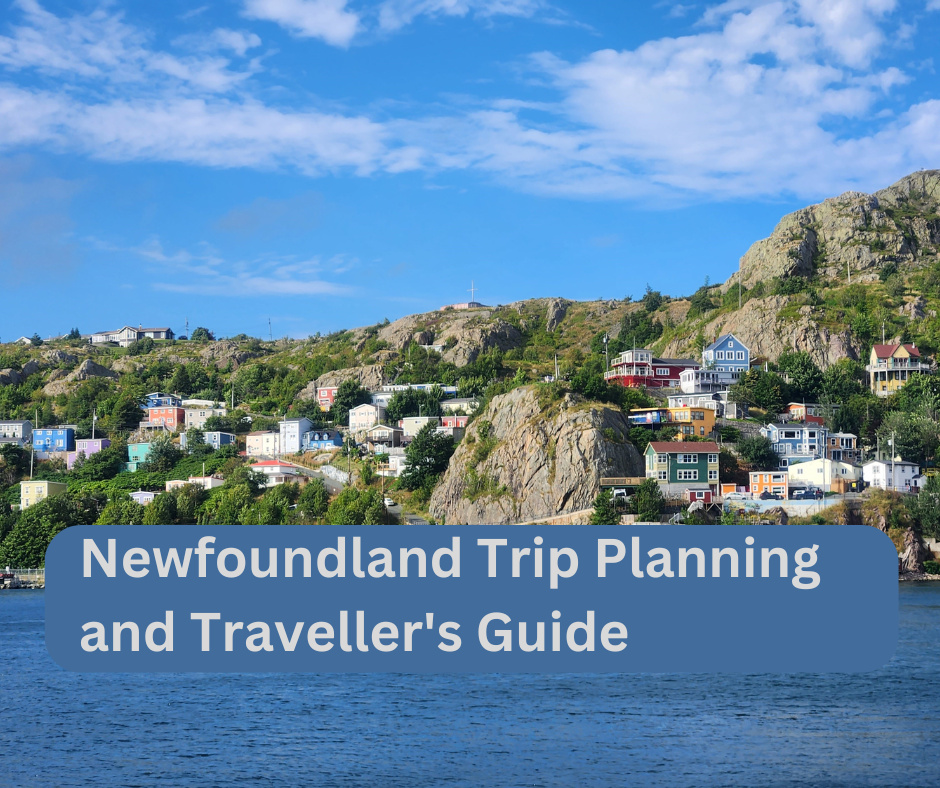
Can you see icebergs in Newfoundland now?
Icebergs are typically seen off the coast of Newfoundland from late spring to early summer. The best months for iceberg viewing are usually May and June. If it’s within this timeframe, you can likely see icebergs, especially in areas like Twillingate and St. Anthony.
When to see icebergs in Twillingate?
The prime time to see icebergs in Twillingate is from late May to early June. This period offers the highest likelihood of witnessing these massive ice formations as they drift southward along the coast.
Where is the best place to see icebergs?
The best places to see icebergs in Newfoundland include Twillingate, St. Anthony, Bonavista, and Fogo Island. Twillingate is often called the “Iceberg Capital of the World” due to its high iceberg count and accessibility.
What is the best month to see icebergs in Newfoundland?
The best month to see icebergs in Newfoundland is May. During this month, the icebergs are plentiful, and the weather is often more favourable for boat tours and coastal viewing.
How long do icebergs last in Newfoundland?
Icebergs can last from a few weeks to several months in Newfoundland waters. Their longevity depends on their size, the water temperature, and the weather conditions. Typically, icebergs seen off Newfoundland begin their journey from Greenland and take about 1-2 years to reach the island.
Where is Newfoundland Iceberg Alley?
Iceberg Alley refers to the stretch of ocean off the coast of Newfoundland and Labrador, where icebergs are commonly seen. It extends from the coast of Labrador down through Newfoundland’s eastern shore, including areas like Twillingate, St. Anthony, and Bonavista.
Are there icebergs in Newfoundland in August?
By August, the number of icebergs in Newfoundland significantly decreases. While it’s possible to see the occasional iceberg, they are much rarer than the peak months of May and June.
What month is the warmest in Newfoundland?
July is typically the warmest month in Newfoundland, with a temperatures ranging from 15°C to 20°C. This makes it a popular time for visitors seeking to explore the island’s natural beauty.
Where to see whales in Newfoundland?
Whale watching is popular in Newfoundland from June to September. The best locations include St. John’s, Trinity, Bonavista, and Witless Bay Ecological Reserve, renowned for its abundant marine life, including humpback whales.
Can you see the Northern Lights from Newfoundland?
You can see the Northern Lights from Newfoundland, particularly in the more northern and remote parts of the island. The best times are during the fall and winter when the nights are the longest and the skies are the darkest.
How close to Newfoundland did the Titanic sink?
The Titanic sank about 370 miles south-southeast off the coast of Newfoundland. The nearest land to the wreck site is the southeastern tip of Newfoundland.
How close is the Titanic to Newfoundland?
The Titanic’s wreck is located approximately 370 miles off the coast of Newfoundland. This proximity made Newfoundland a critical point in the communication and rescue efforts following the disaster.
Where did the Titanic sink off Newfoundland?
The Titanic sank in the Atlantic Ocean, approximately 370 miles south-southeast of Newfoundland coast.
Are there polar bears in Newfoundland?
Polar bears are not native to Newfoundland itself, but they occasionally appear on the northern coast of Labrador, particularly when sea ice drifts south from the Arctic.
What is the iceberg capital of Canada?
Twillingate, a small coastal town in Newfoundland, is known as the “Iceberg Capital of the World” due to its frequent and spectacular iceberg sightings during the peak season.
How fast do icebergs move?
Icebergs generally drift at about 0.7 kilometres per hour (0.4 miles per hour). However, their speed can vary depending on ocean currents, winds, and the iceberg’s size.
Why are icebergs sometimes black?
Icebergs appear black when they contain a high amount of sediment and debris. This can occur when icebergs calve off glaciers that scrape the land, picking up rocks and soil, which then get frozen into the ice.
Does the Atlantic Ocean in Newfoundland freeze?
The Atlantic Ocean around Newfoundland does not freeze over due to its relatively warmer temperatures than Arctic waters. However, sea ice and icebergs from the Arctic can drift into Newfoundland waters, especially during the spring.
Are there puffins in Twillingate?
While puffins are not commonly found in Twillingate, they are prevalent in other parts of Newfoundland, such as the Witless Bay Ecological Reserve. Twillingate is more famous for its iceberg and whale sightings.
What is the best time to see whales in NL Newfoundland?
The best time to see whales in Newfoundland is from June to September. Humpback whales, minke whales, and other species migrate through Newfoundland coastal waters during this period.
Is the tip of the iceberg visible?
Yes, the tip of the iceberg is visible above the water, but it represents only about 10% of its total mass. The remaining 90% is submerged underwater, making icebergs particularly dangerous for ships.
Can you see icebergs in Newfoundland in July?
Yes, you can still see icebergs in July in Newfoundland, although they are less common than in May and June. By July, many icebergs have drifted further south or melted.
Where is the best place to see icebergs?
Twillingate, St. Anthony, Bonavista, and Fogo Island are the best places to see icebergs in Newfoundland. These locations offer optimal viewing points and tour opportunities.
How often can you see northern lights in Newfoundland?
The Northern Lights can be seen in Newfoundland several times a year, especially in the fall and winter months. The frequency depends on solar activity and the clarity of the night skies.
Why is it called Iceberg Alley?
The stretch of water known as Iceberg Alley gets its name from the numerous icebergs that travel through this area each year. The icebergs originate from Greenland and drift down the Labrador Current past Newfoundland and Labrador.
When should I visit Iceberg Alley?
The best time to visit Iceberg Alley is from late May to early June. During this period, the highest concentration of icebergs can be seen, offering the most spectacular views.
Can you swim in Newfoundland in August?
Yes, you can swim in Newfoundland in August, especially in the warmer, sheltered areas like lakes and coves. However, the ocean waters remain pretty cold, typically around 12-15°C, so swimming in the sea can be chilly.
How hot is Newfoundland in July?
Newfoundland experiences its warmest weather in July, with temperatures ranging from 15°C to 20°C. Some days can be warmer, especially inland and away from the coastal breezes.
These are the best travel planning resources you should use.
Looking to book your trip to Newfoundland and Labrador? Use these resources that are tried and tested by other travellers like you who vacation in Newfoundland and Labrador. Bookmark these links. Save them for future reference.
Booking Flights, Hotels or B&B: Start planning your next vacation trip by finding the best flight, hotel or b&b deals. Book Here
Finding things to do in Newfoundland and Labrador on TripAdvisor and Viator is not hard. Enjoy boat tours, whale watching, icebergs watching, kayaking and other activities.
You can also find low prices on hotels, B&B and cabins with these two providers. If you are located in Canada, the USA, the UK or Europe, use Booking.com, and if you are in Canada, the USA or anywhere else, use TripAdvisor.
Car Rental: Here is what we recommend:
When you book with Rentalcars.com, you can compare prices and find the best vehicle for your trip. Economybookings.com Display all their vehicle on the website with a detailed description. They display high-quality photos and a user rating as well. Qeeq.com serves road trip travellers like you from different countries by working with car rental companies worldwide.
Get compensated if your flight is delayed or cancel
AirHelp and Compensateair will help you with flight delays, cancellations, or denied boarding. All you need to do is to submit your flight details, and they will handle the claim process on your behalf. They will handle all the paperwork, airline negotiations, and legal proceedings.
Do you need more help planning your trip?
Check out our Resources Page, where we highlight all the resources and companies you can use to assist with your planning.
Where can I find more information about travelling to Newfoundland and Labrador? Here are helpful resources for planning your trip:
Newfoundland and Labrador Tourism | Travel Canada | The Rooms Provincial Museum
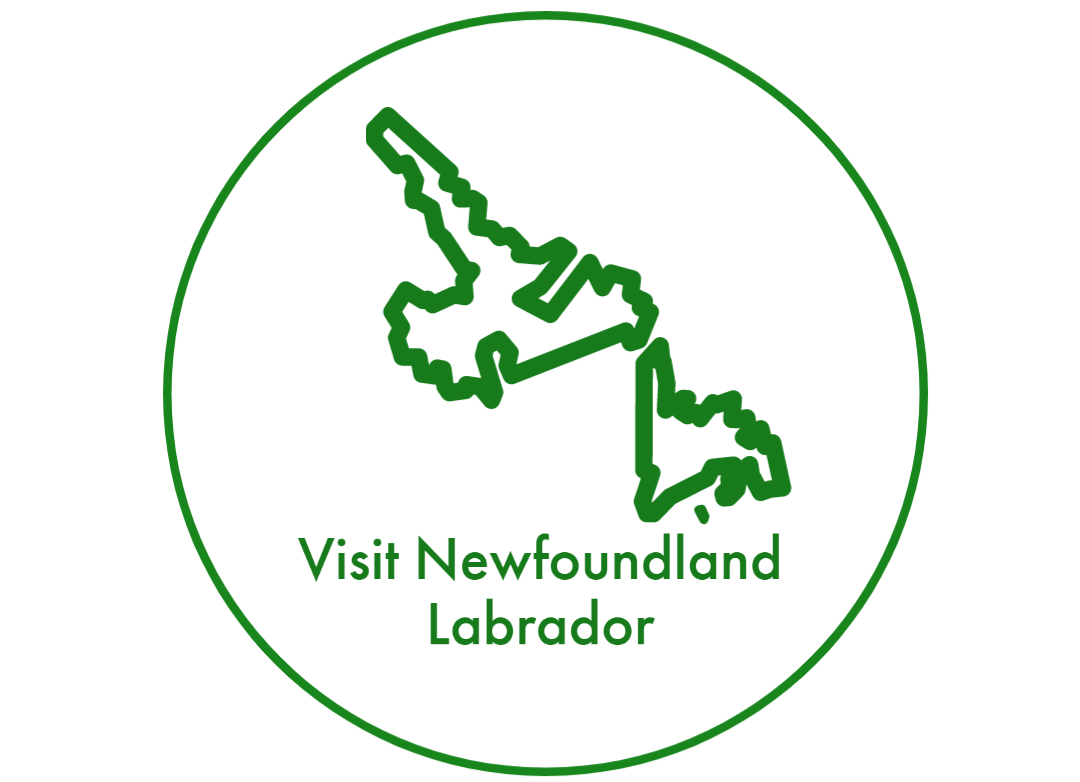
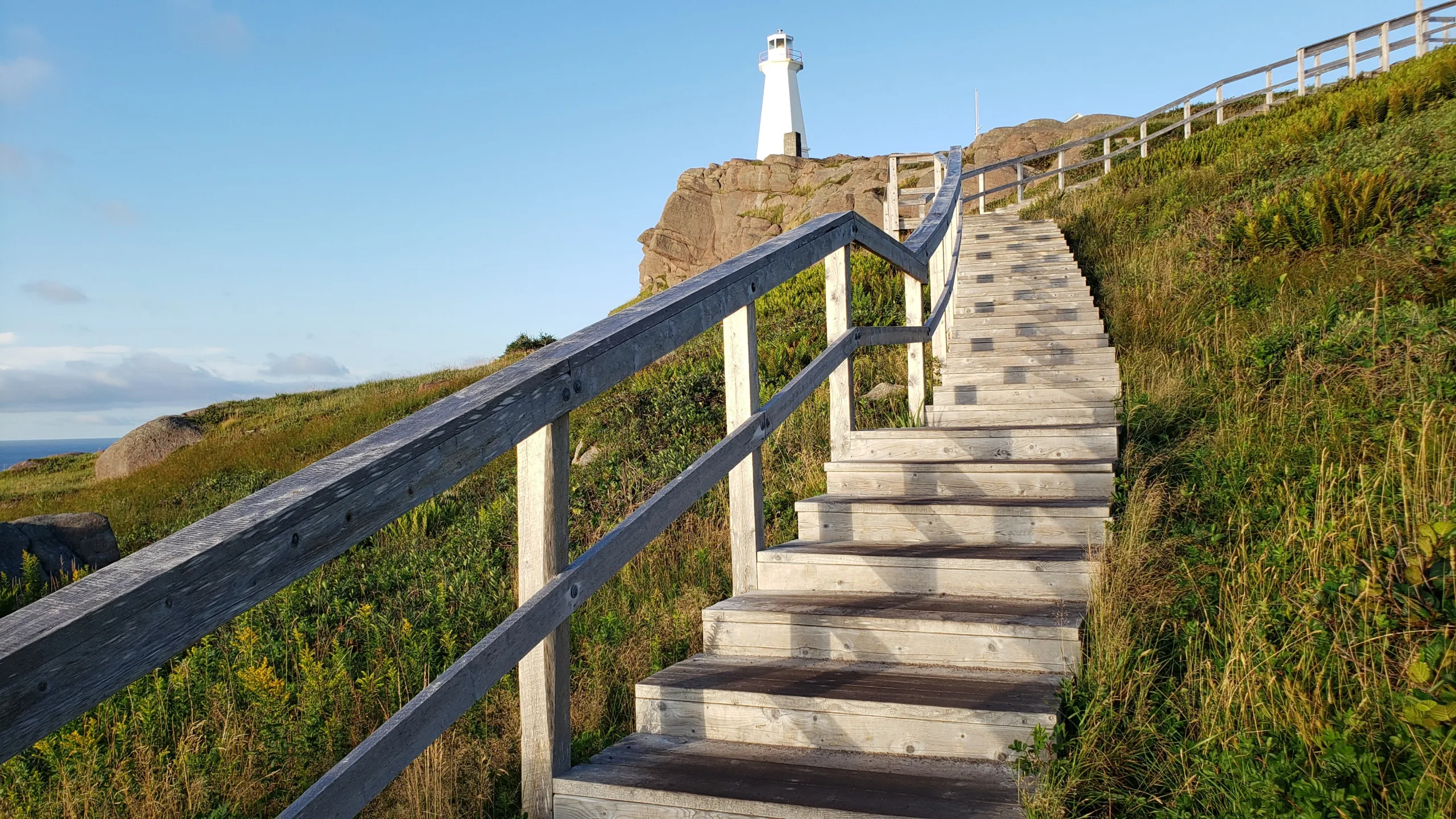
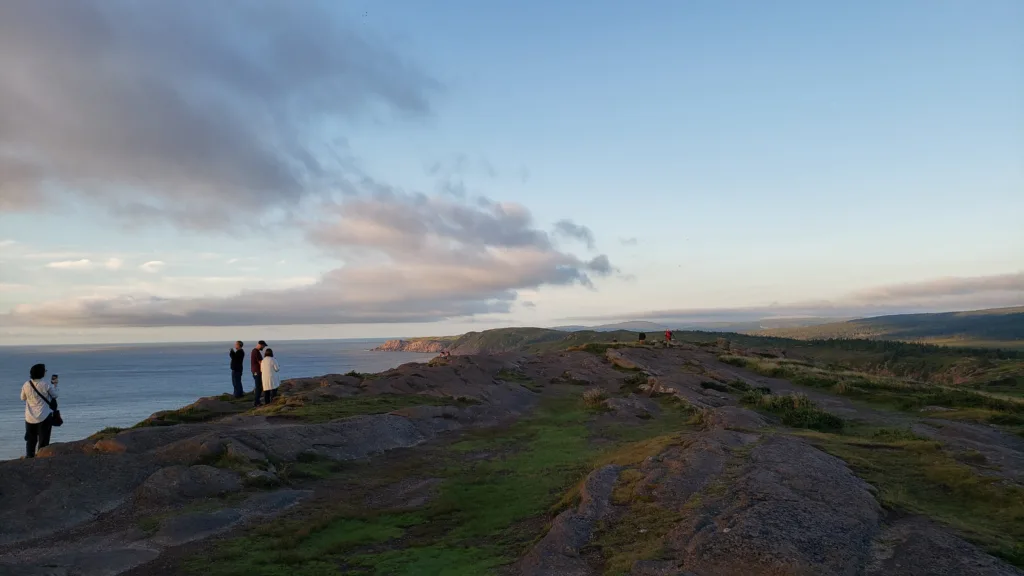
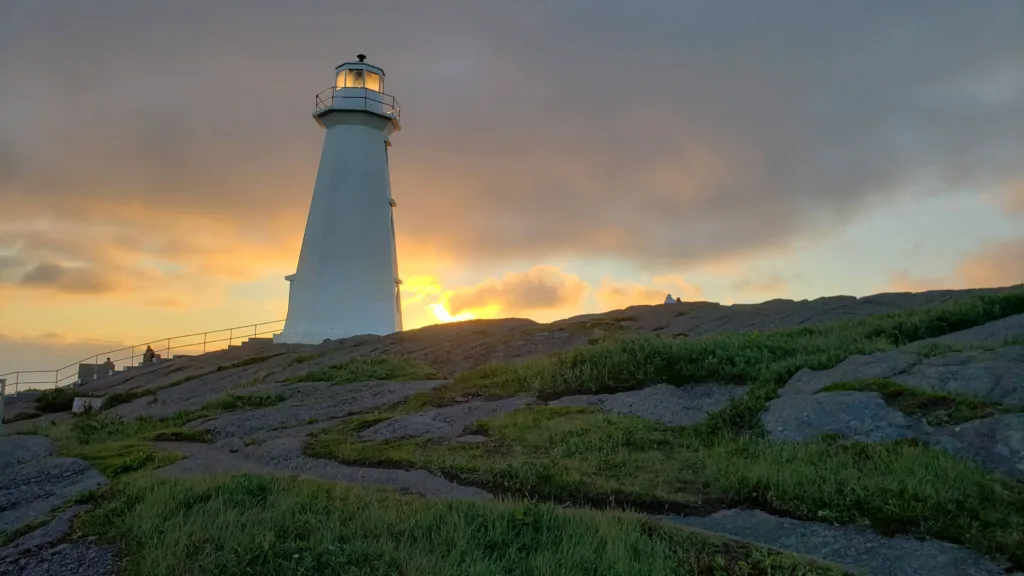
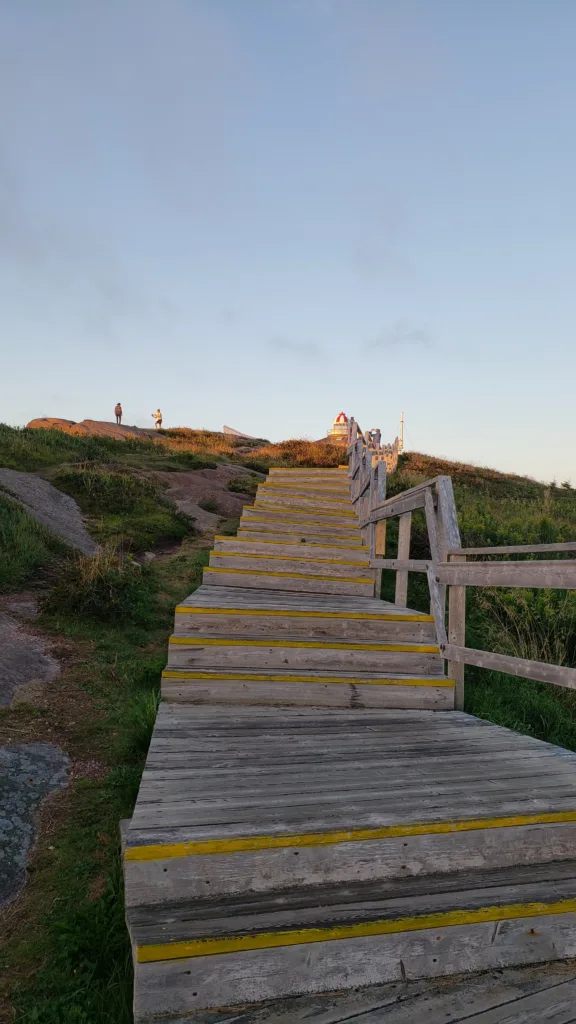
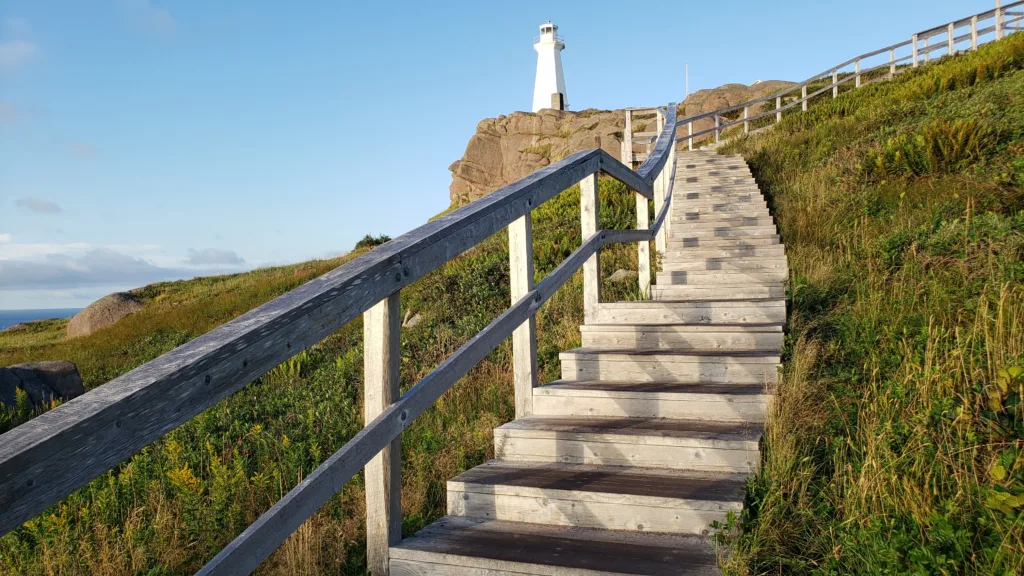
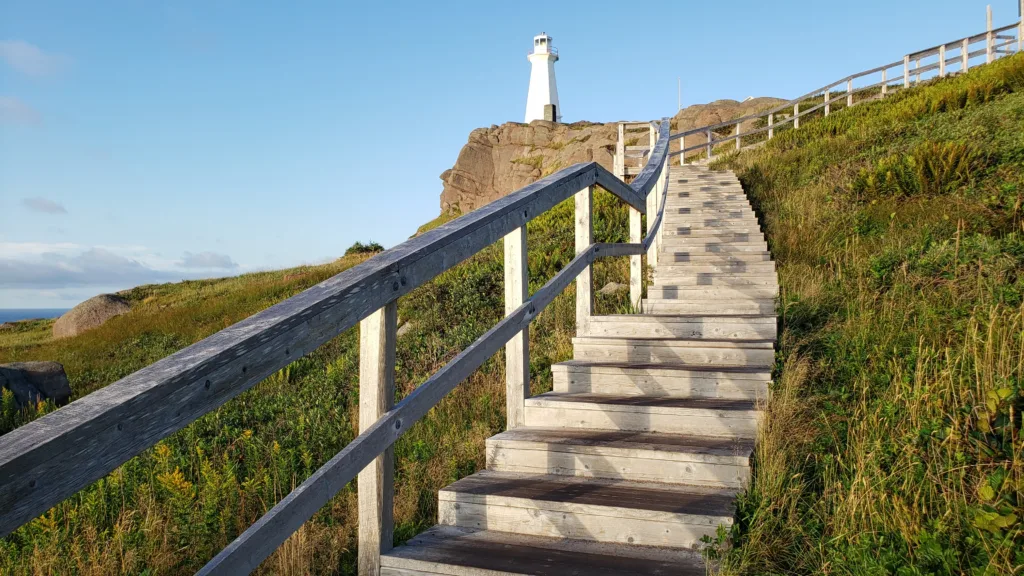

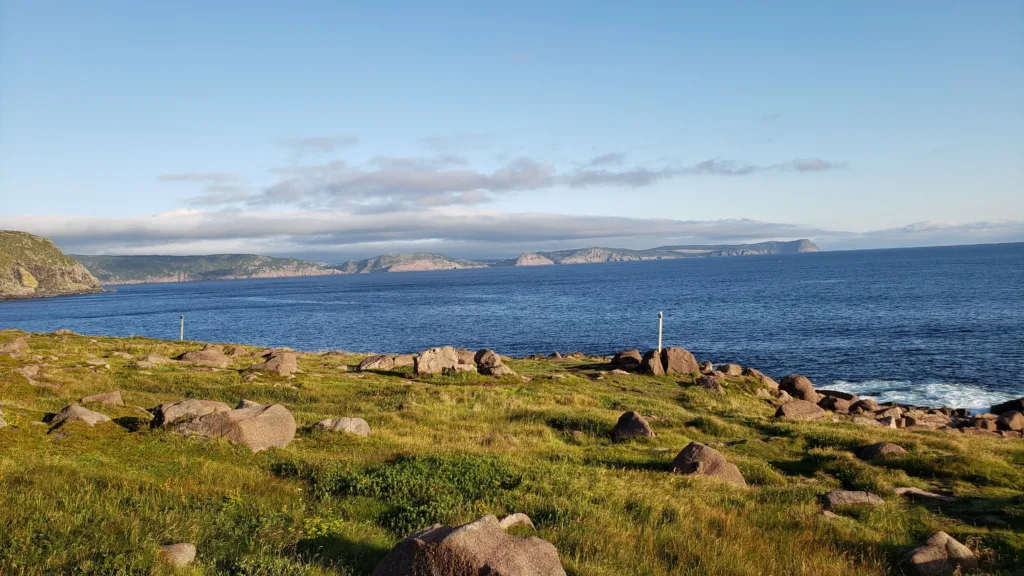

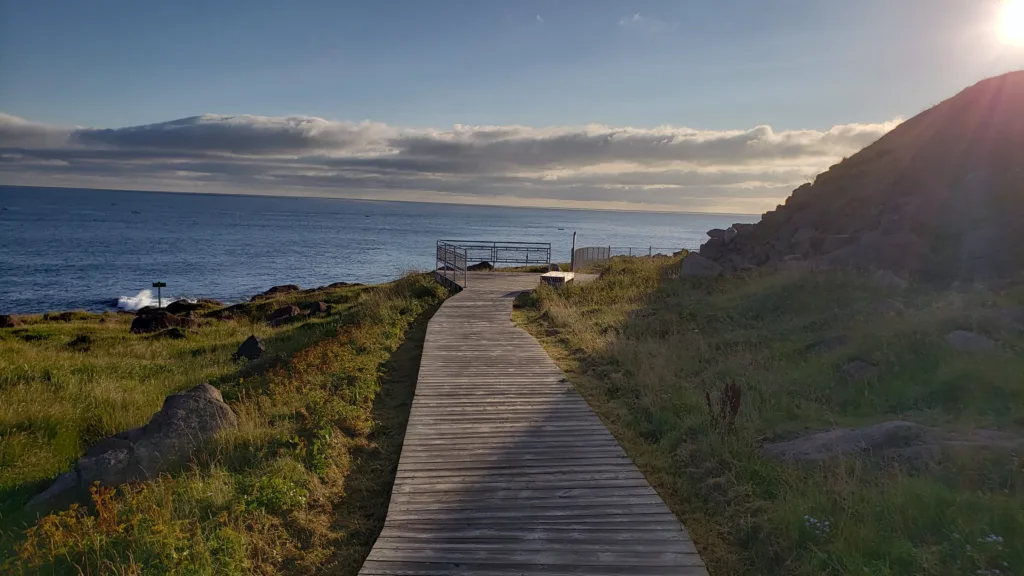
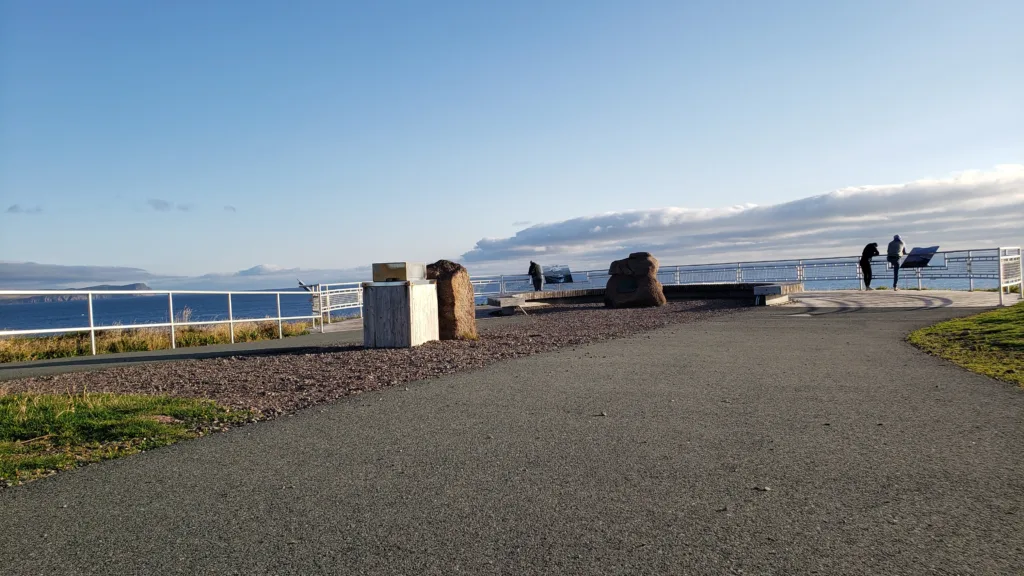
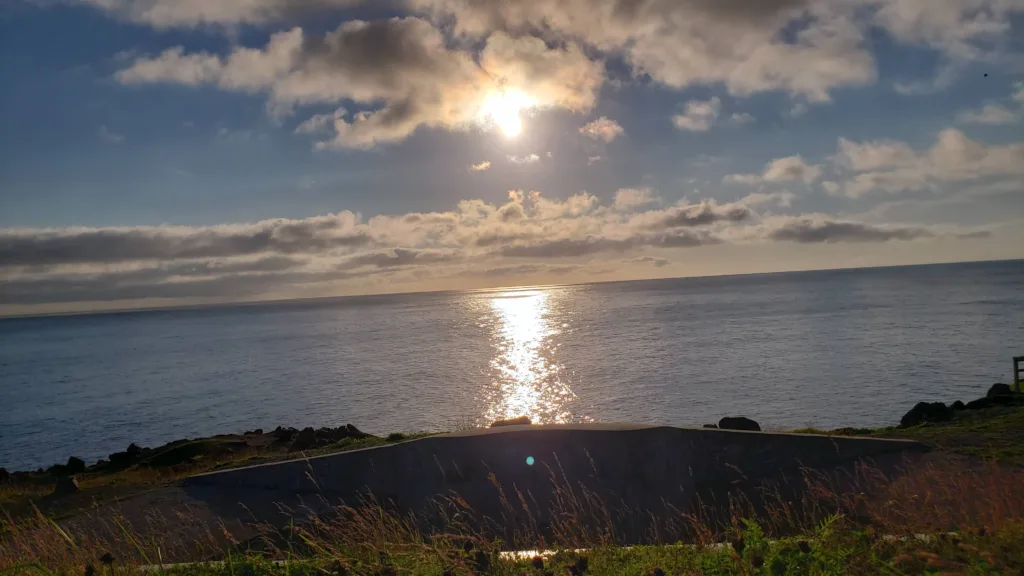
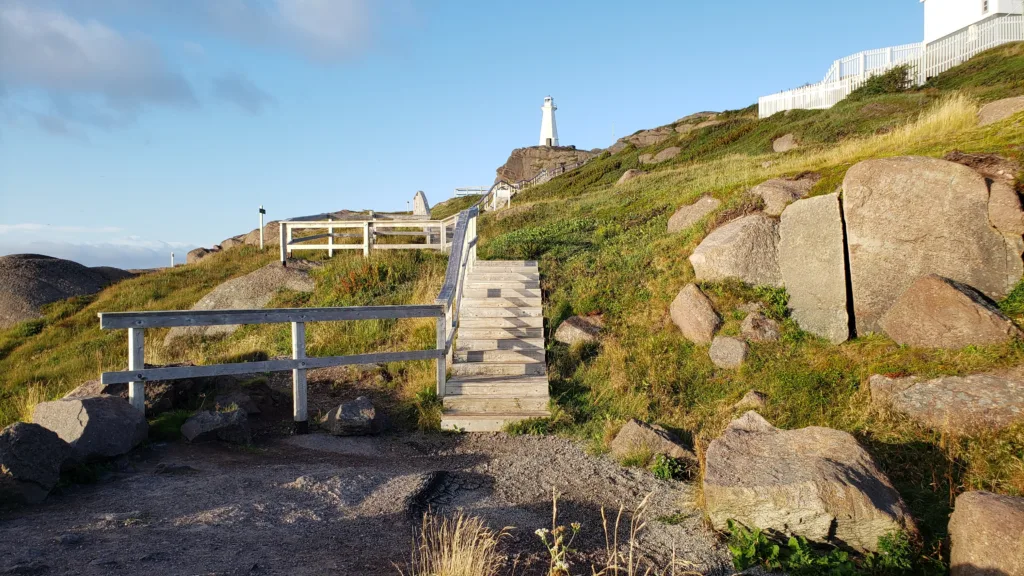
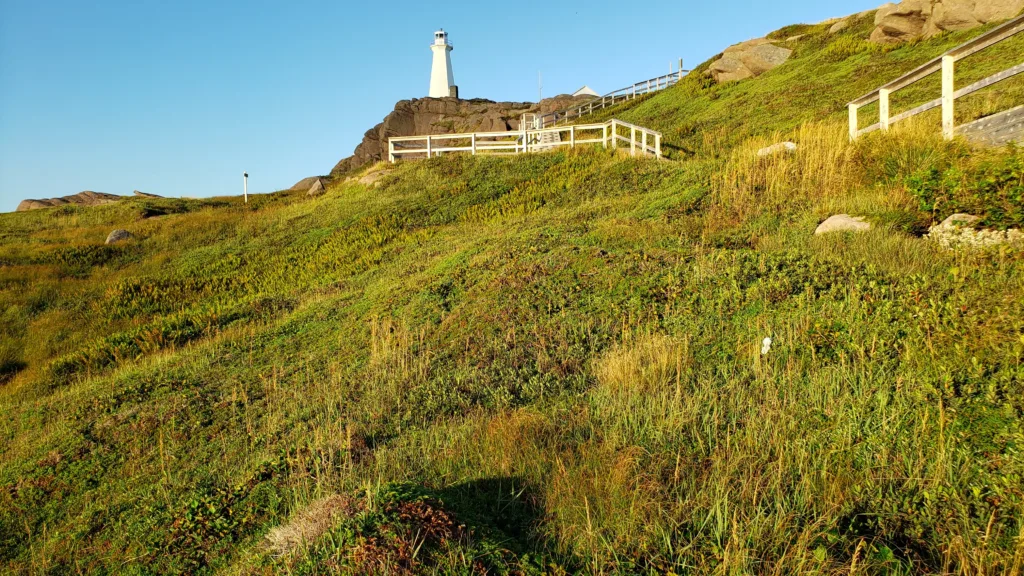


The Best Memorable Tourist Things To Do In Newfoundland Now ›
January 20, 2023[…] Cape Spear Lighthouse National Historic Site is a Canadian National Historic Site located in Cape Spear St. John’s, Newfoundland and Labrador. It is the most easterly lighthouse built in North America and one of the oldest surviving structures in Newfoundland. The lighthouse is situated at the eastern tip of the island, the most easterly point in North America. The site includes a series of buildings that serve as attractions and service centers for visitors during the summer season. The lighthouse is a popular tourist attraction, offering visitors the chance to watch the sunrise and view the Atlantic Ocean from the top of the hill on which it sits. […]